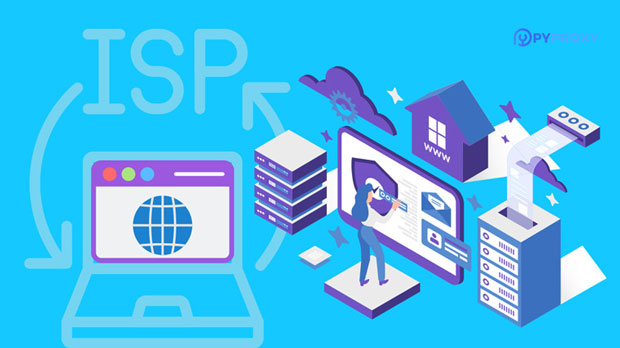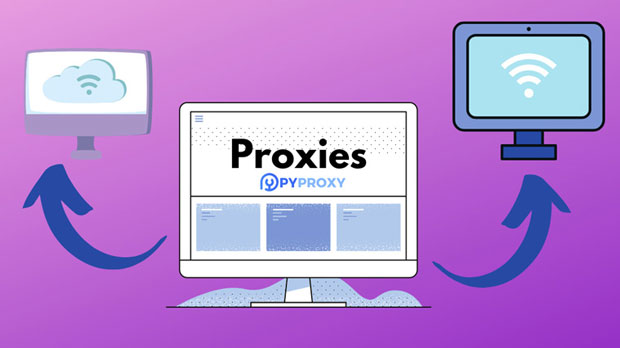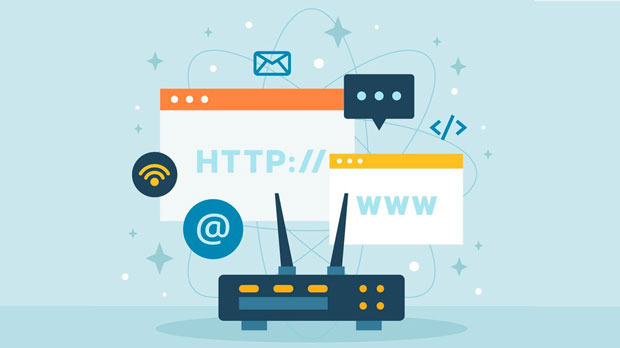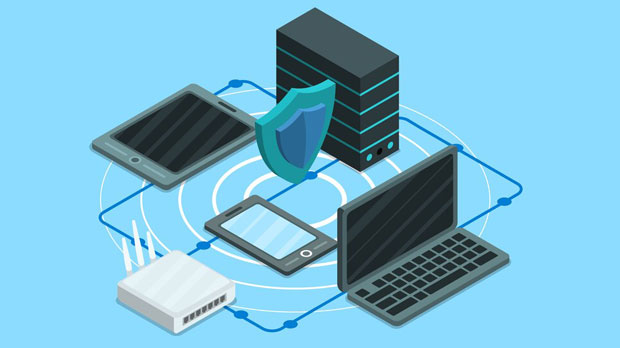An anonymous proxy is a powerful tool used for protecting online identity and ensuring privacy. By routing internet traffic through a third-party server, it allows users to remain anonymous, masking their IP addresses and encrypting data to prevent unauthorized access. This technology is widely used in various scenarios, including data scraping, enhancing security, accessing restricted content, and maintaining privacy while browsing. 1. Data Scraping and Web CrawlingAnonymous proxies are invaluable when it comes to web scraping and web crawling. These techniques are commonly used by businesses, marketers, and researchers to gather data from multiple websites. However, many websites limit or block IP addresses that make too many requests in a short period, a strategy designed to prevent excessive scraping.By utilizing anonymous proxies, users can distribute requests across various IPs, effectively bypassing rate limits or IP blocks. This enables businesses to collect large volumes of data without encountering restrictions, ensuring smooth and uninterrupted web scraping operations. Furthermore, anonymous proxies provide an additional layer of security by masking the user's real identity and preventing any traces of their activity from being linked to their personal network.2. Accessing Geo-Restricted ContentOne of the primary use cases for anonymous proxies is to access geo-restricted content. Many online services, such as video streaming platforms, social media, and news websites, limit content based on the user's geographical location. This restriction can be frustrating for users who wish to access global content that is unavailable in their region.By using an anonymous proxy, users can change their apparent location by routing their internet traffic through a server in a different country. This allows them to bypass geographical restrictions and access content as if they were located in the allowed region. Whether it's watching a show on a streaming platform or reading news from another country, anonymous proxies enable users to enjoy a broader range of content without limitations.3. Enhancing Privacy and SecurityIn an age where cyber threats are becoming increasingly sophisticated, online privacy and security have become major concerns for internet users. Anonymous proxies offer a simple yet effective way to safeguard personal information while browsing the web.By masking a user's IP address and encrypting their online traffic, anonymous proxies protect sensitive data from hackers, advertisers, and other third-party entities. This is particularly beneficial when using public Wi-Fi networks, which are notorious for being vulnerable to cyberattacks. With an anonymous proxy in place, users can ensure that their internet activity remains private and secure, reducing the risk of identity theft, data breaches, and surveillance.4. Avoiding Online Tracking and SurveillanceAnother significant use case of anonymous proxies is to avoid online tracking and surveillance. Advertisers, websites, and even governments often track users' online behavior to gather data, target ads, or monitor activities. This practice, known as tracking or surveillance, has raised privacy concerns among many users who wish to maintain control over their personal data.Anonymous proxies help users evade this type of tracking by obscuring their true IP addresses and routing traffic through an intermediary server. As a result, tracking cookies and other tracking mechanisms cannot identify the user's real location or online activity. This makes anonymous proxies a valuable tool for individuals who wish to browse the internet without being constantly monitored or targeted by intrusive ads.5. Bypassing Censorship and Internet RestrictionsIn some countries, access to the internet is heavily censored, and certain websites or online services may be blocked or restricted. Governments and organizations impose these restrictions to control the flow of information or prevent access to content that they deem inappropriate or harmful.Anonymous proxies can help users bypass these restrictions by providing a way to connect to the internet via servers located in regions where these restrictions do not apply. By doing so, users can access blocked websites, communicate freely, and gain access to uncensored information. This is particularly important for individuals in countries with authoritarian regimes or strict internet controls, where free access to information is often limited.6. Managing Multiple Accounts SimultaneouslyMany businesses and individuals need to manage multiple online accounts, such as social media profiles, e-commerce accounts, or email addresses. However, many websites restrict users from accessing multiple accounts from the same IP address to prevent fraudulent activity or account abuse. Using anonymous proxies, individuals can assign different IP addresses to each of their accounts, allowing them to log in and manage multiple profiles simultaneously without triggering any security alerts. This is especially useful for marketers, social media managers, or individuals involved in online business activities who need to manage multiple accounts from one location while avoiding detection or restrictions.7. Testing and Development for Websites and AppsDevelopers and testers often need to simulate user interactions from different locations to ensure their websites or apps function correctly across various regions. Anonymized proxies are ideal for this purpose, as they allow developers to test how their websites perform when accessed from different IPs or geographic locations.For instance, if a developer is building a website that is targeted at users from different countries, they can use anonymous proxies to simulate traffic from various regions. This enables them to identify any region-specific issues, such as loading times, content discrepancies, or geo-restrictions, and optimize the website for a global audience.8. Protecting Personal Information During Online TransactionsWhen making online transactions, whether shopping or conducting business, protecting personal and financial information is crucial. Many users are concerned about the potential for fraud, identity theft, or phishing attacks when submitting sensitive details online.Anonymous proxies can help protect users by hiding their real IP addresses, making it more difficult for malicious actors to track or intercept their personal information. In addition, by using an anonymous proxy, users can avoid leaving a digital trail that could be exploited by cybercriminals. This extra layer of privacy can help users feel more secure when engaging in online transactions.ConclusionAnonymous proxies offer a wide range of benefits for internet users, from enhancing privacy and security to enabling access to geo-restricted content and bypassing censorship. Their versatility makes them an essential tool in various industries, including digital marketing, research, e-commerce, and web development. As online privacy concerns continue to grow, the demand for anonymous proxies is likely to increase, with more users turning to this technology to protect their online presence.By understanding the best use cases for anonymous proxies, users can leverage this tool to enhance their internet experience, whether it's for secure browsing, data gathering, or managing multiple online accounts. In the ever-evolving digital landscape, anonymous proxies provide a reliable solution for maintaining privacy and staying ahead of online threats.
Jun 26, 2025


































































